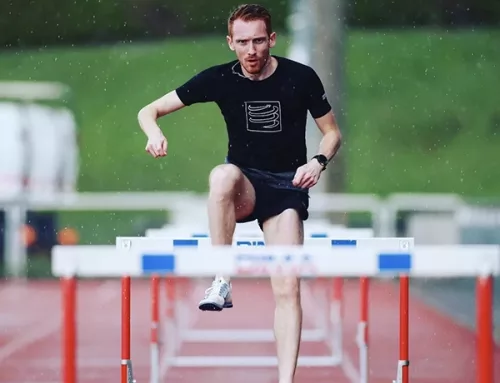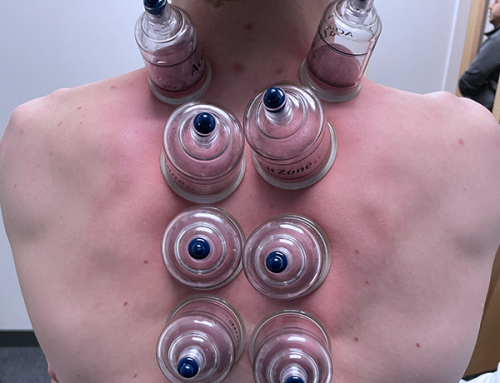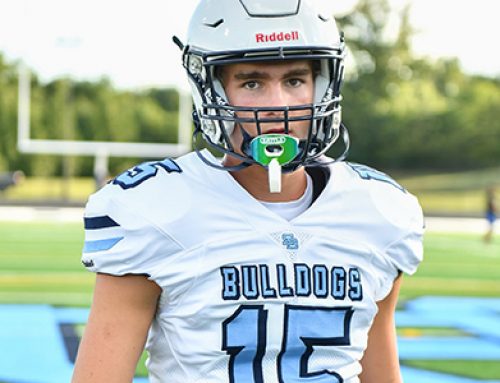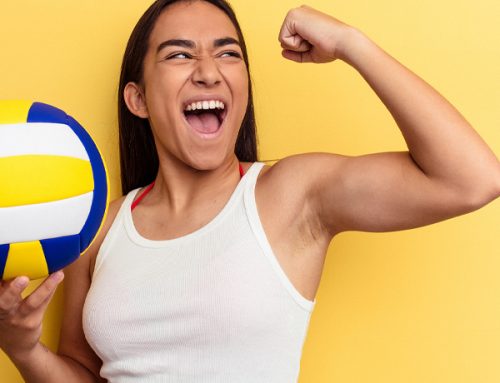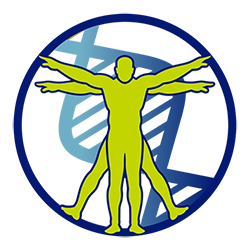HOW TO MINIMIZING THE RISK OF ATHLETIC INJURY
Targeted Sports Recovery services at Elite Wellness are available for Loudoun County, Northern VA and DC area. These services play a crucial role in the comprehensive approach to keep all levels of athletes well. We specialize in understanding athletic mechanics and timing from sporting events to facilitate athlete recovery. Our team at Elite Wellness integrates strength and conditioning with recovery expertise. While we don’t diagnose, we focus on expediting injury recovery and maintaining athletes’ overall health. Our targeted sports recovery services including manual therapy, ultrasound, cupping, scraping, massage, customized exercises and vibration therapy aim to alleviate aches and pains, ensuring athletes feel rejuvenated for the upcoming week.
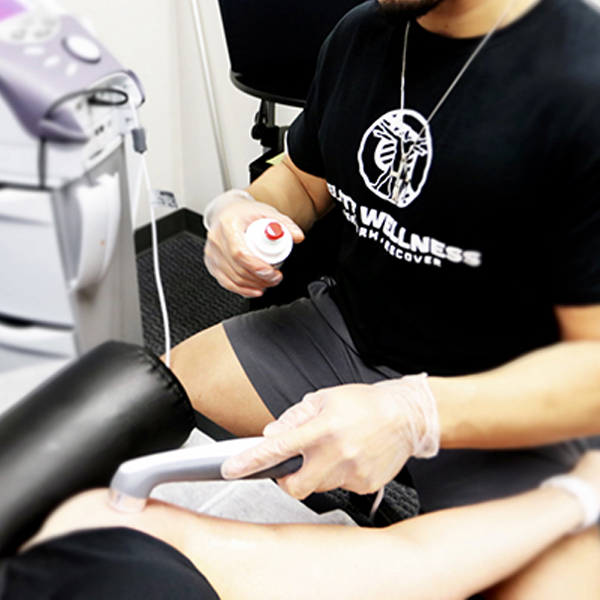
PREVENT in-season SPORTS INjurIES
Off-season efforts focused on strength training and mobility can collectively support athletes. During the club volleyball season for example, athletes train 2-3 times a week, with tournaments requiring quick turnarounds between games and practices. Dealing with consistent aches and pains becomes a challenge.
Navigating injuries presents a formidable challenge. While we can’t guarantee complete prevention, our focus is on maintaining athletes’ physical health and mobility. When athlete feels restricted, seeking advice is crucial. Our recovery specialists analyze your athlete’s mechanics to enhance efficiency and address movement limitations. Understanding the root cause of restricted movement is as vital as stretching. Consistent use of methods like stretching, foam rolling, and modalities throughout the season aids in keeping your athlete feeling fresh. Our philosophy likens treating an athlete’s body to a car—more mileage leads to increased wear and potential fatigue.
THINGS TO REMEMBER AS AN ATHLETE
- Pre-Activity Stretching Routine: Athletes can establish a comprehensive stretching routine specifically designed to target muscles used in their sport. Focusing on dynamic stretches before engaging in physical activity helps improve flexibility and prepares the body for the demands of exercise, reducing the risk of injury.
- Strength Training for Key Muscle Groups: Incorporating strength training exercises that target key muscle groups relevant to their sport is essential. Strengthening muscles around joints can enhance stability and support, minimizing the likelihood of injuries during physical activities.
- Balance and Proprioception Exercises: Implementing balance and proprioception exercises are crucial for injury prevention. Activities such as single-leg stands, stability ball exercises, and balance drills help athletes improve their body awareness and control, reducing the risk of falls and related injuries.
- Regular Conditioning Workouts: Athletes should engage in regular conditioning workouts to maintain overall fitness levels. These workouts can include cardiovascular exercises, agility drills, and sport-specific movements, helping athletes stay in peak physical condition and reducing the risk of fatigue-related injuries.
- Proper Equipment and Technique Emphasis: Ensuring the use of appropriate equipment and emphasizing proper technique during workouts or sport-specific drills is key to injury prevention. Athletes should check and maintain their equipment regularly and prioritize correct form to reduce the risk of accidents or overuse injuries.
By consistently integrating these prevention activities into your home training routines, athletes can significantly reduce the likelihood of injuries and enhance their overall performance. It’s important to tailor these activities to the specific needs and requirements of your sport and individual fitness levels.


